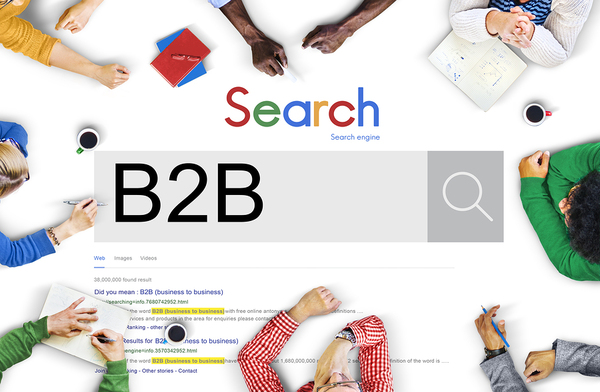Understanding Growth Driven Design
Websites are the flagship stores of modern ecommerce, and this means if your site isn't optimized and tailored to the demands of visitors, then your...
2 min read
Mark Parent
May 27, 2016 11:21:49 AM EDT

It is likely that the term "growth driven design" is a buzzword you've been hearing a little bit more now.
That could be because many changes and advancements in the website development industry are now centered around growth-driven design.
If you are not up-to-date on the recent progress in this industry, here are some of the key differences between growth-driven design and traditional design.
 Simpler elements? Check. Quicker and easier to update? Check. Growth-driven design offers
Simpler elements? Check. Quicker and easier to update? Check. Growth-driven design offers
the key components you need to keep your website consistently up to date. ![]()
One of the main differences between growth-driven design and traditional design is that the former allows for constant changes to be made to a website. A lot can change for an organization in the span of a few years. Therefore, organizations should be able to make moderate to dramatic changes to their website without any trouble.
Websites with a growth-driven design approach tend to have simpler elements to allow for these changes. This means that these websites won't incorporate much flash or other more resource-heavy elements. Essentially, growth-driven design is based on the all-too-true concept that too much of a good thing is actually bad.
See why keeping your website up-to-date is so important. Check out our blog article: "You can't afford for your website to be yesterday's news."
With traditional websites, it can take weeks or even months for changes to go live. On the other hand, growth-driven design allows for fast and immediate implementation. In many cases, you will be able to make tweaks to your website and start monitoring the effects of these changes within a day. Fast and immediate implementation for website design has become a necessity rather than a perk.
.jpg)
Growth-driven design websites are easy to
access on mobile devices like smartphones. ![]()
Unlike many websites that were built with traditional design, growth-driven design websites are developed with usability and the convenience of users in mind. For example, a common feature of a website developed via growth-driven design is the ability of the user to scale the content of the website according to the size of the screen.
In the development of a growth-driven design website, it is necessary to test the website for speed, readability, accessibility, and navigability. This allows for easy readability of the website on mobile devices like smartphones and tablets.
It is common practice to test slightly different versions of the same page in order to maximize usability.
Another element of websites with a growth-driven design is that changes to these websites tend to revolve around the buyer persona. The concept of growth-driven design is partially based on the assumption that the needs of your buyer personas will change frequently. Growth-driven design involves investigating the behavior of the buyer persona to make changes to the website to accommodate these behaviors.
On the other hand, websites with traditional designs tend to be more static, which means that they cannot effectively take into account changes in the buyer persona. To learn more about creating buyer personas for your brand, check out another one of our blogs: "Buyer personas: What are they and why does your business need them?"
As you can see, there are many reasons why more and more businesses are refusing to settle for anything less than a website with a growth-driven design.
For more information about the differences between growth-driven design and traditional design, get your free copy of our Growth-Driven Design Playbook.
Make sure to connect with us on LinkedIn to get valuable insight on the latest news in marketing and website design. Follow us here:

Websites are the flagship stores of modern ecommerce, and this means if your site isn't optimized and tailored to the demands of visitors, then your...

Once upon a time, business owners could choose between responsive web design and dedicated mobile websites. Today, that approach is obsolete. In...

Growth-driven design (GDD) is a method of website development similar to agile development. It is a method of redesigning the website using the...